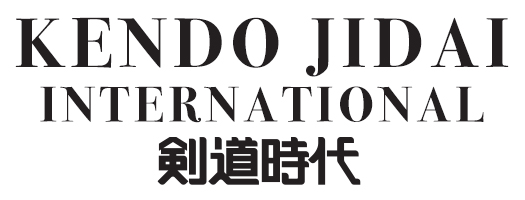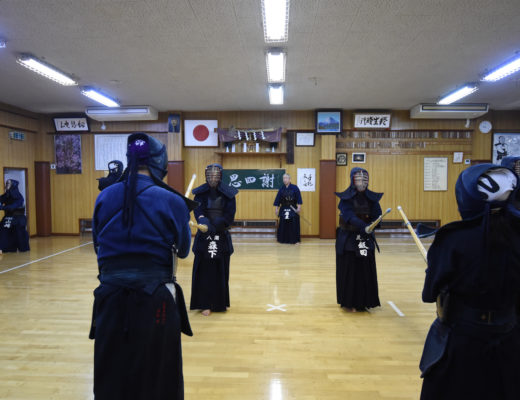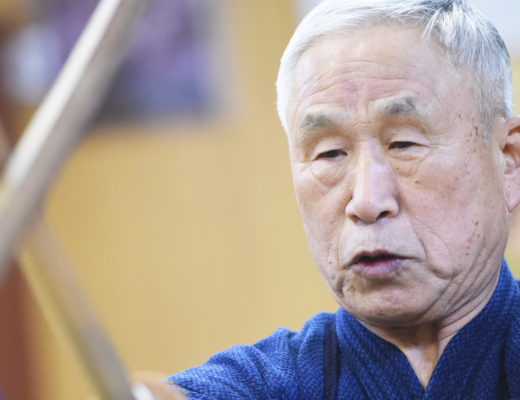2022.6 KENDOJIDAI
Photo: Nishiguchi Kunihiko
Composition: Tsuchiya Tomohiro
Translation: Sato Mariko, Pepijn Boomgaard
Rising from Sonkyo, the first strike is delivered. Controlling the opponent with spirit and sword, creating a moment where they become mentally fixed (itsuku), he smoothly steps in to strike Men. It’s not about speed; rather, the Shinai seems to be drawn in, capturing the space above the opponent’s head as if by magnetism.
This year, Iwatate Sensei turned 83. While a decline in physical strength is only natural, his Kendo, which seizes the opponent’s mind and strikes with spirit rather than force, continues to grow more refined. Watching him skillfully handle strong young opponents with minimal effort is like witnessing the essence of Kendo itself.
In this era of 100-year lifespans, we asked Iwatate Sensei to reflect on his Kendo journey in pursuit of Kendo’s true value.
Iwatate Saburo
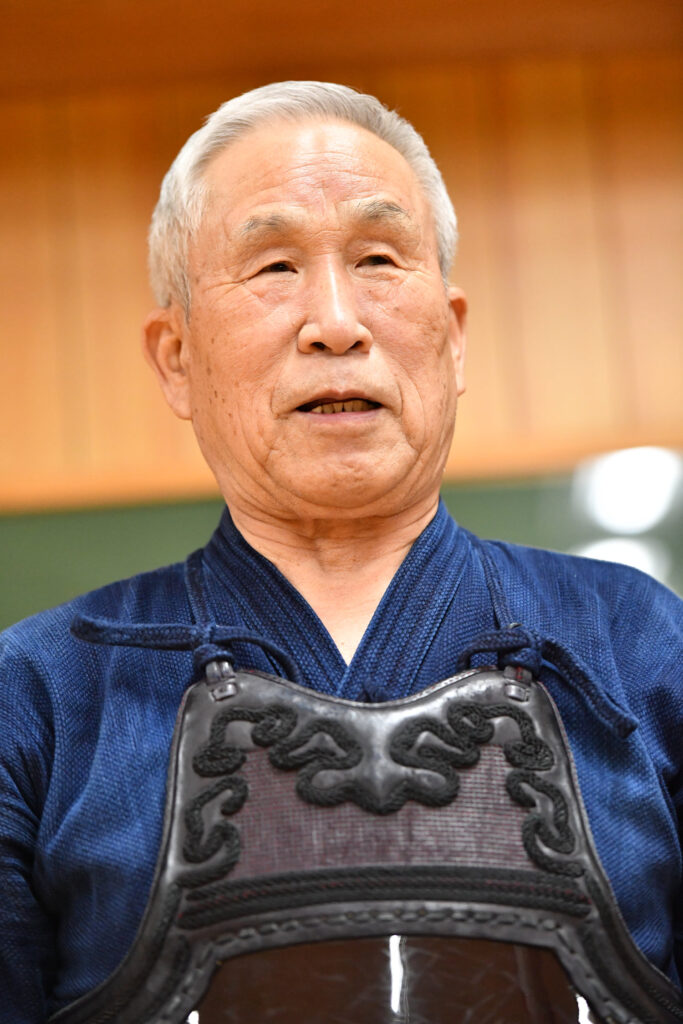
Since 1978, he has been teaching Kendo at his own dojo, Shofukan. Today, many practitioners from both Japan and abroad continue to seek instruction under the Hanshi Sensei.
He currently serves as head of Shofukan Dojo and head instructor of the Kendo Club at Shobi University. He is also Vice President of the All Japan Kendo Dojo Federation and President of the All Japan Senior Kendo Association. He holds the rank of Kendo Hanshi 8th Dan.
****
This year, I am 83 years old. It has now been 63 years since I began my Kendo journey. I continue to train regularly at Shofukan in Matsudo, where I serve as the head instructor, as well as at Shobi University.
There was a time during the COVID-19 pandemic when interpersonal Keiko had to be suspended, and since then, I have felt a noticeable decline in physical strength. Men strikes that used to reach their target no longer do. Sometimes, after about an hour of practice, my muscles cramp up. Even so, I’m grateful that I’ve been able to live without relying on medication.
In terms of health, I haven’t developed any chronic conditions such as high blood pressure or high blood sugar, and I have no so-called underlying illnesses. The only medicine I take on occasion is for digestive issues. I did have cataract surgery on my eyes, but I live my daily life without needing glasses. On the other hand, I do suffer from hearing loss, a condition common among those who have practiced Kendo for many years. Hearing aids have become indispensable in my daily life.
I believe that I’ve been able to live in good health up to the age of 83 thanks to Kendo—and also to what I call a “reasonable” or “easy going” lifestyle. Naturally, as long as we are alive, there will be times when we face unpleasant situations. But even when such things happen, if you deal with them in a balanced and relaxed way, they tend to resolve on their own over time. It’s important not to accumulate stress.
Reflecting on My Kendo Through the Stages of Life
When thinking about lifelong Kendo by stages of age, these words of Mochida Moriji (Hanshi 10th Dan) resonate deeply:
“It took me fifty years to truly internalize the fundamentals of Kendo. My real training began after I turned fifty—when I began practicing Kendo with the heart. At sixty, my legs and hips began to weaken. To compensate for that weakness, I relied on the heart. I trained to strengthen my weaknesses by moving the heart.
At seventy, my entire body began to weaken. So I trained to keep the heart still. When the heart becomes still, the opponent’s heart is reflected in it like a mirror. I strove to keep my heart calm and unmoved.
At eighty, my heart no longer moves. But now and then, stray thoughts enter. I am now training to prevent those distractions from arising within my heart.”
These words are, without a doubt, a profound truth.
Looking back on my own Kendo, from my twenties to around my forties, my practice was entirely focused on Kakaru-keiko—the act of a lower-ranked practitioner earnestly and continuously attacking a senior in order to improve. Rather than aiming for my opponent’s weak points, I would deliberately challenge the strong points of the Motodachi, again and again. I believe that this kind of forward-leaning, committed training is essential through one’s forties. And then, I passed the 8th Dan exam at the age of 49.
I believe that one’s fifties and sixties are the strongest years in a Kendo practitioner’s life. It is during this period that we must consider what direction to take our Kendo. For me, I aspired to pursue a style of Kendo that attacks with Ki.
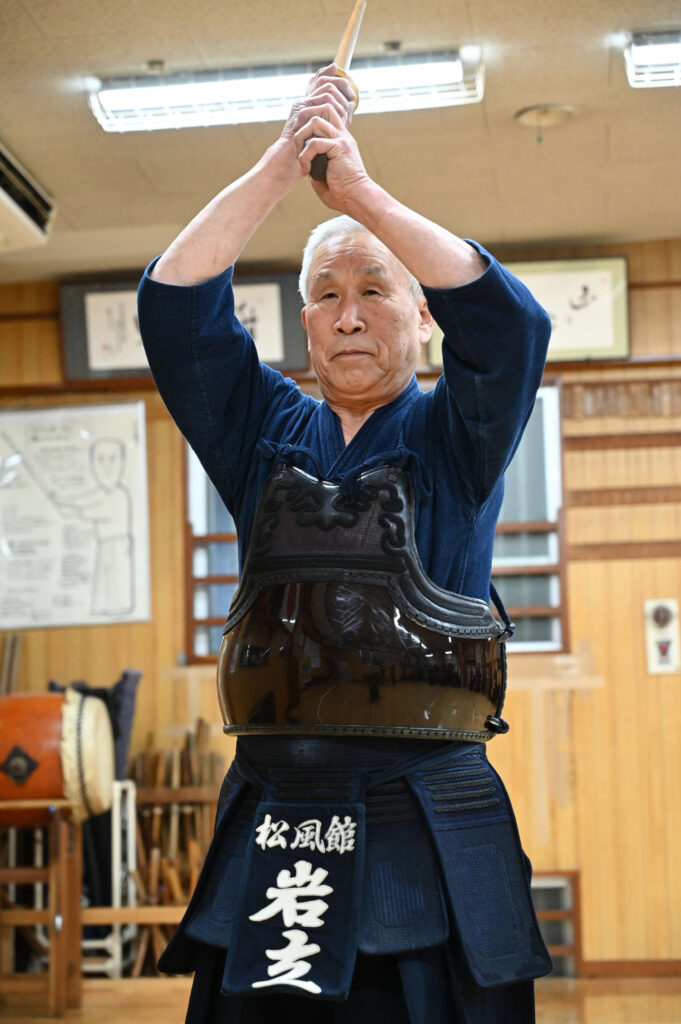
There is something I believe we must be careful about at this stage. Some senior practitioners, due to their strength and experience, tend to stop Keiko partway through when acting as Motodachi and begin giving explanations or lectures. I believe this is something that should not be done. Doing so completely crushes the spirit of the Kakari-te, the one who is earnestly trying to challenge and learn. They are coming forward with a sincere will to improve, so interrupting their effort is absolutely the wrong approach. If there is something to be taught, it should be conveyed after the Keiko is over.
The rest of this article is only available for Kendo Jidai International subscribers!
